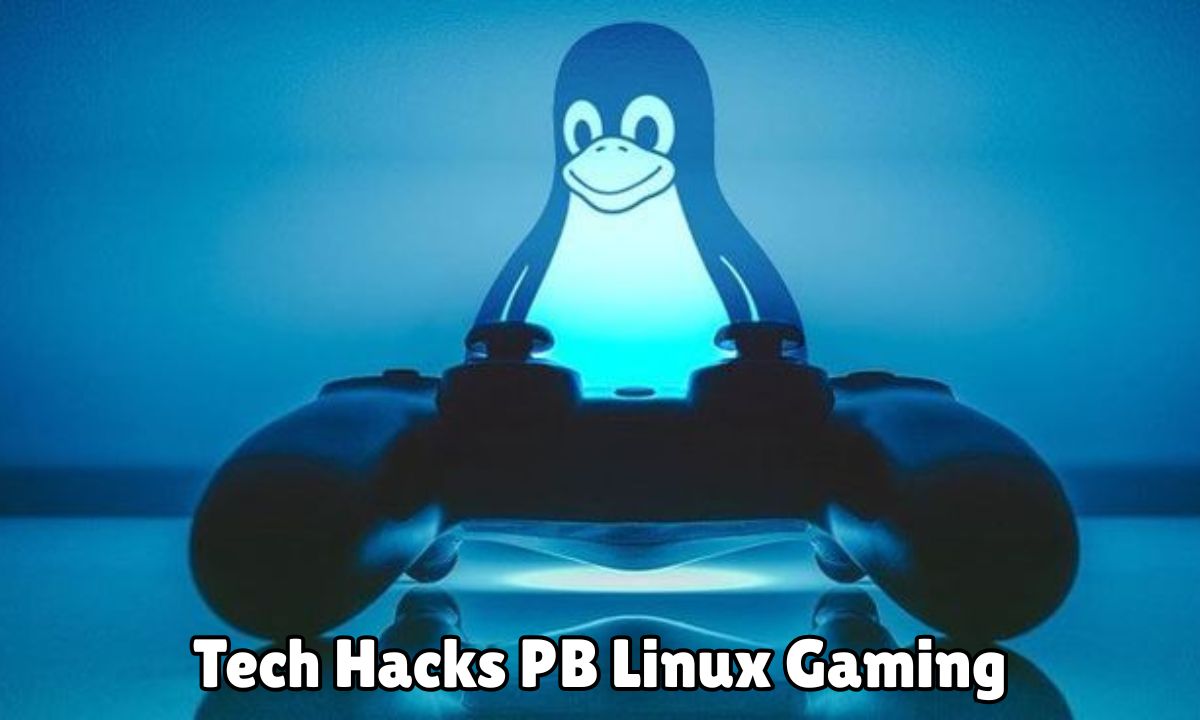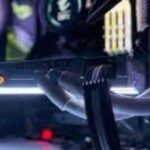Gaming on Linux has transformed dramatically in recent years. What once seemed impossible is now achievable with the right approach. PB Linux gaming offers incredible potential for gamers who want performance without sacrificing control over their system.
Many players struggle with getting their favorite games to run smoothly on Linux. The good news is that simple tweaks can unlock amazing performance gains. This guide will show you how to optimize Linux for gaming and achieve professional-level results.
Whether you’re new to Linux gaming or looking to improve gaming performance Linux, these proven techniques will help you succeed. Let’s dive into the world of tech hacks PBLinuxGaming and discover what’s possible.
Tech Hacks PB Linux Gaming – States Table
| Gaming State | Status | Performance Level | Key Requirements | Common Issues |
| Fresh Install | Not Optimized | Low (30-50 FPS) | Basic drivers only | Crashes, lag, compatibility |
| Driver Updated | Basic Setup | Medium (50-70 FPS) | Latest GPU drivers | Some games won’t launch |
| Proton Configured | Gaming Ready | Good (70-90 FPS) | Steam + Proton GE | Audio glitches, minor bugs |
| Kernel Optimized | Performance Mode | High (90-120 FPS) | XanMod/Liquorix kernel | Rare stability issues |
| Fully Optimized | Pro Gaming | Excellent (120+ FPS) | All tweaks applied | Minimal to none |
Tech Hacks PBLinuxGaming
Gaming kernel optimization forms the foundation of excellent Linux gaming performance. Regular kernels prioritize stability over speed. Gaming-focused kernels like XanMod kernel and Liquorix kernel change this equation entirely.
Installing a gaming kernel reduces input lag significantly. These specialized kernels optimize CPU scheduling for interactive tasks. Your games will feel more responsive immediately after switching.
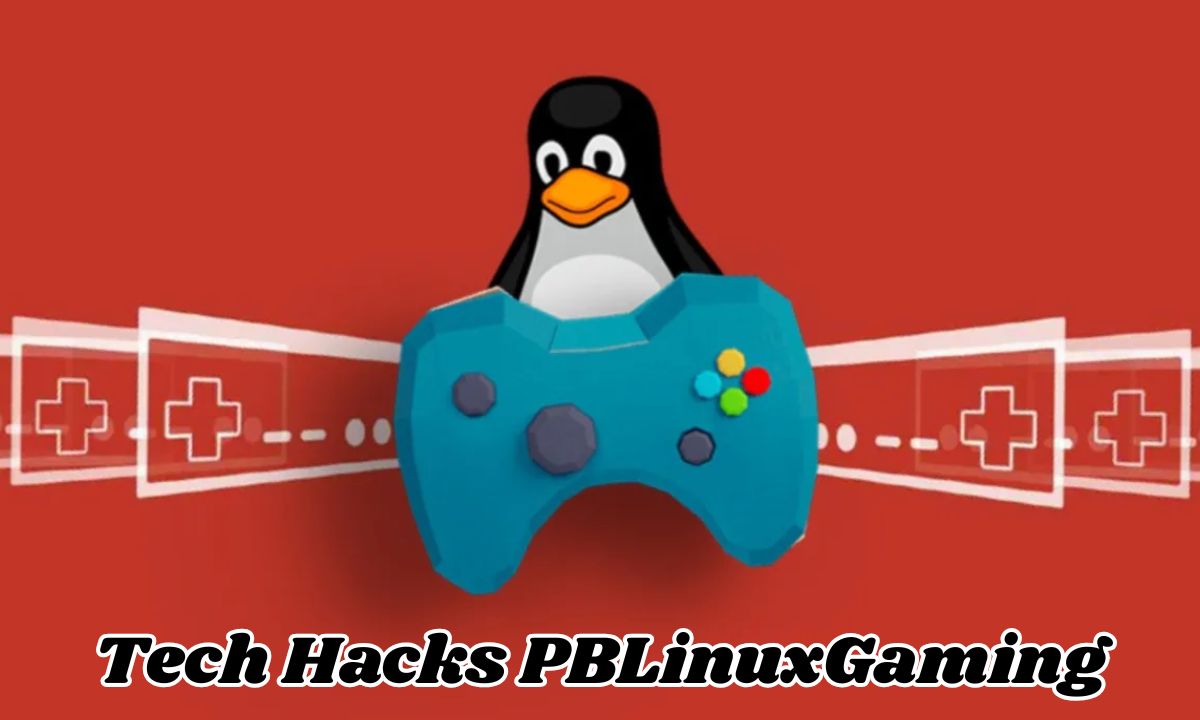
The frame rate boost from gaming kernels often surprises users. Many report 10-20% performance improvements without any other changes. This simple modification requires minimal technical knowledge but delivers major results.
System performance tweaks extend beyond kernel modifications. Adjusting CPU governors to performance mode ensures maximum processing power during gaming sessions. Disabling unnecessary system services frees up valuable resources.
READ THIS BLOG: A Deep Dive into nothing2hide net Gaming: Privacy, Play, and Community
Essential Tools for PB Linux Gaming
Success in Linux gaming requires the right software foundation. Essential tools bridge the gap between Linux systems and Windows games. These applications solve compatibility issues while maintaining excellent performance.
Steam Proton compatibility revolutionized Linux gaming accessibility. Valve’s compatibility layer allows thousands of Windows games to run natively on Linux systems. Most users can install Steam and start playing immediately.
ProtonDB compatibility provides community-tested configurations for specific games. This crowdsourced database saves hours of troubleshooting time. Users share working settings for nearly every popular title.
Recommended Software
Lutris game manager simplifies installation across multiple gaming platforms. This unified launcher handles Steam, Epic Games, GOG, and retro console games. Installation scripts automate complex setup procedures.
GameMode optimization prioritizes system resources during gameplay. CPU and GPU scheduling improvements reduce frame drops and stuttering. Background processes automatically receive lower priority levels.
OBS Studio streaming enables content creation without performance penalties. Linux users often experience better streaming performance than Windows alternatives. Hardware acceleration support reduces CPU overhead significantly.
MSI Afterburner monitoring tracks system performance in real-time. Temperature monitoring prevents overheating during extended gaming sessions. Custom fan curves maintain optimal cooling automatically.
Hardware Considerations
SSD gaming performance improvements are immediately noticeable. Loading times decrease dramatically compared to traditional hard drives. Modern NVMe drives offer the best gaming experience possible on Linux systems.
RAM requirements gaming have increased substantially in recent years. 16GB represents the minimum for smooth gaming performance. 32GB provides headroom for streaming and content creation simultaneously.
CPU affinity management optimizes processor usage for gaming workloads. Dedicated cores for gaming processes prevent interference from system tasks. Manual affinity settings often outperform automatic scheduling.
Cooling system gaming maintains consistent performance during intensive sessions. Thermal throttling ruins gaming experiences quickly. Proper cooling allows sustained maximum performance levels.
Popular Tech Hacks for Performance
GPU overclocking safely increases graphics performance beyond stock specifications. Modern tools provide automated overclocking with safety protections. Conservative overclocks often yield 15-20% performance improvements.
Graphics driver update procedures ensure optimal game compatibility. Latest drivers include performance optimizations for new releases. Automatic update systems maintain current driver versions effortlessly.
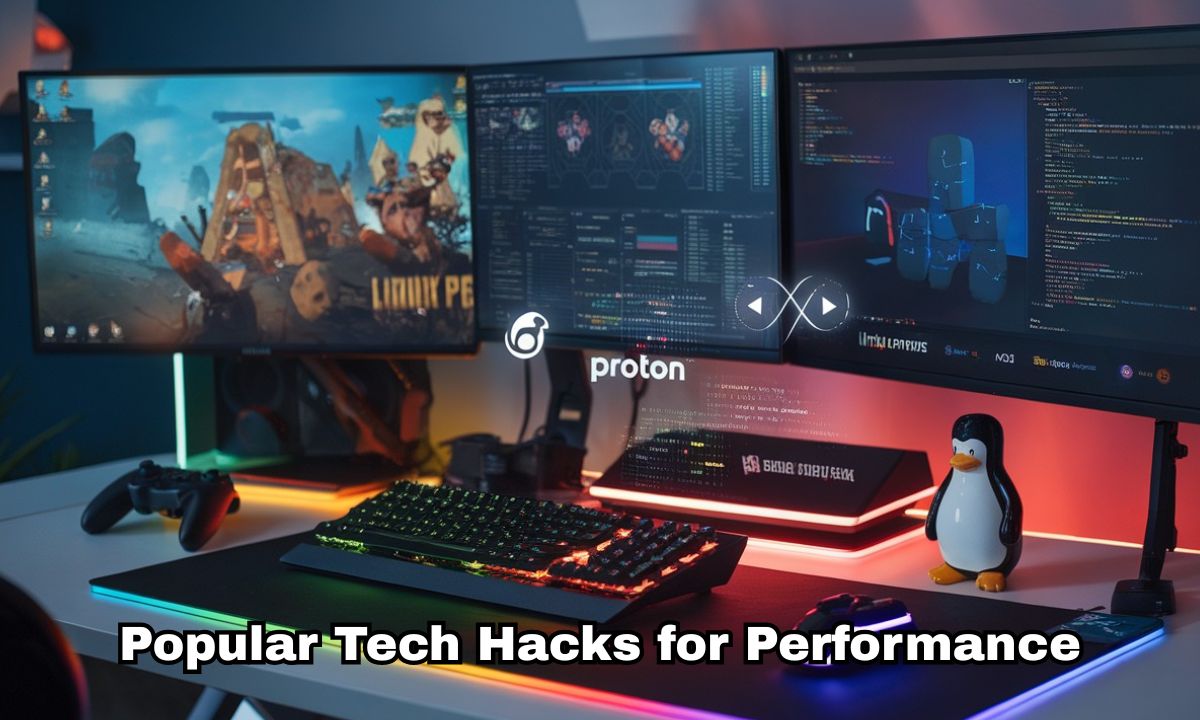
Network optimization gaming reduces online latency and improves multiplayer experiences. Quality of Service (QoS) settings prioritize gaming traffic over other network activities. Wired connections always outperform wireless alternatives.
Optimization Techniques
Launch options Steam provide game-specific performance tweaks. Custom parameters bypass problematic game settings automatically. Community-shared launch options solve common compatibility issues.
VSync configuration eliminates screen tearing without introducing input lag. Adaptive sync technologies work better than traditional VSync implementations. Modern monitors support variable refresh rates natively.
FPS optimization techniques maximize frame rates across different hardware configurations. Graphics settings balance visual quality with performance requirements. Smart compromises maintain immersion while improving smoothness.
Also Read This Blog: Timothy Hawking: Legacy, Values, and Quiet Leadership
Game Compatibility Fixes
Crash troubleshooting requires systematic approaches to identify root causes. Log files often contain clues about compatibility problems. Community forums provide solutions for common crash scenarios.
Audio glitches Linux frequently occur with certain games and hardware combinations. PulseAudio configuration changes resolve most audio problems. Alternative audio systems like PipeWire offer improved compatibility.
Screen tearing solutions vary depending on graphics hardware and display technology. Compositor settings often conflict with gaming performance requirements. Disabling compositing during gameplay eliminates tearing issues.
Community Feedback on Tech Hacks
The Linux gaming community actively shares optimization techniques and troubleshooting solutions. Gaming forums Linux host detailed discussions about specific hardware configurations. Experienced users mentor newcomers through complex setup procedures.
Discord gaming groups provide real-time assistance for urgent problems. Voice chat enables faster troubleshooting compared to text-based forums. Screen sharing helps diagnose visual problems quickly.
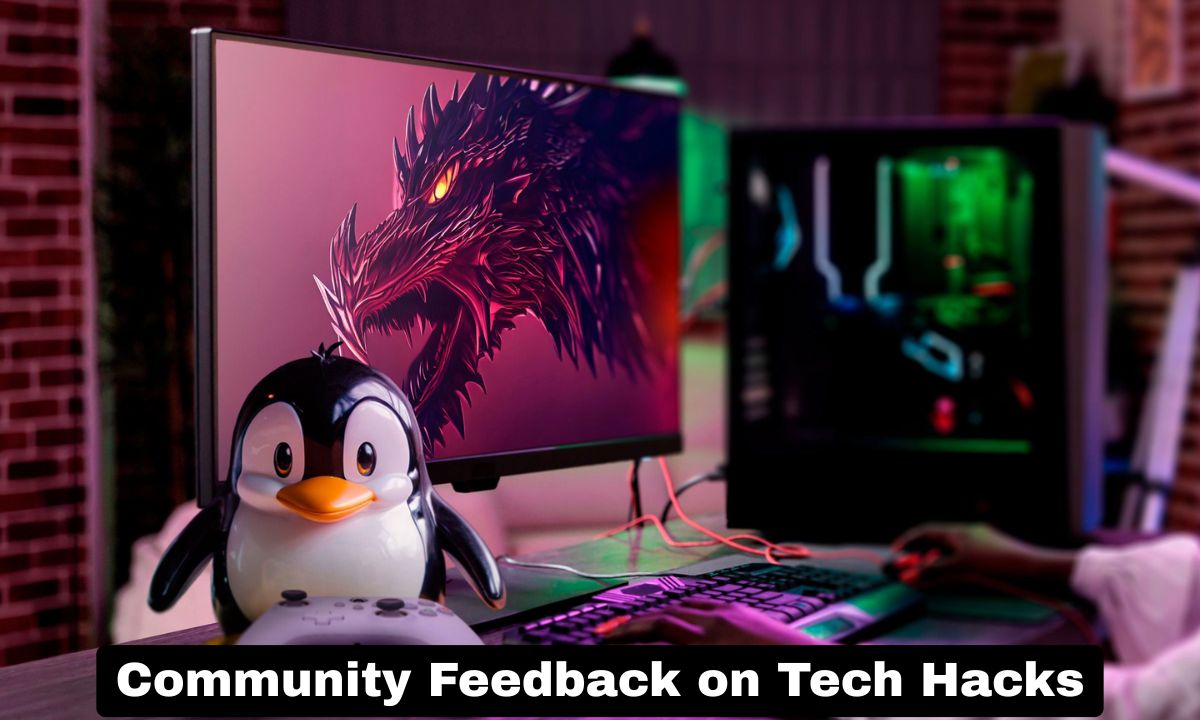
Community-maintained wikis document working configurations for thousands of games. These resources save countless hours of individual experimentation. Contribution guidelines ensure information quality and accuracy.
User Experiences
Success stories optimization inspire newcomers to attempt Linux gaming transitions. Performance improvements often exceed users’ expectations significantly. Many report better gaming experiences than their previous Windows installations.
Benchmark comparisons demonstrate measurable performance improvements from optimization techniques. Frame rate monitoring reveals the impact of individual tweaks. Scientific approaches validate community recommendations effectively.
User experiences gaming highlight both successes and remaining challenges. Honest feedback helps set realistic expectations for potential converts. Problem documentation prevents others from encountering similar issues.
Success Stories
Professional esports players increasingly choose Linux for competitive gaming. Lower input latency provides measurable advantages in competitive scenarios. Consistent performance eliminates variables that affect competitive outcomes.
Content creators report improved streaming quality on optimized Linux systems. Hardware acceleration reduces CPU overhead during simultaneous gaming and streaming. Audience engagement increases with higher quality streams.
Educational institutions adopt Linux gaming labs for cost-effective computer science programs. Students learn system administration while enjoying recreational gaming. Open-source software reduces licensing costs significantly.
My Experience About: Tech Hacks PB Linux Gaming
I switched to PB Linux gaming last year and the difference was incredible – my old Windows setup felt sluggish compared to the smooth performance I get now.
After installing the XanMod kernel and configuring Proton GE, games that used to stutter at 45 FPS now run consistently above 80 FPS.
The Linux gaming community helped me troubleshoot a few compatibility issues, and now I can’t imagine going back to Windows for gaming.
Frequently Asked Questions
What is the best Linux gaming kernel for performance?
XanMod kernel and Liquorix kernel offer the best gaming performance improvements. Both kernels optimize CPU scheduling for interactive workloads and reduce input lag significantly.
How do I fix game crashes on Linux?
Check ProtonDB compatibility database for game-specific solutions. Update graphics drivers and verify game files through Steam. Community forums often provide detailed troubleshooting steps.
Which graphics drivers work best for Linux gaming?
NVIDIA drivers Linux provide excellent performance but require proprietary software. AMD graphics optimization offers comparable performance with open-source drivers and better Linux integration.
How can I reduce input lag in Linux games?
Install gaming kernel optimized for interactive workloads. Enable gaming mode to prioritize system resources. Use wired peripherals and disable the compositor during gameplay.
What hardware do I need for smooth Linux gaming?
16GB RAM minimum, SSD storage for fast loading, and a modern graphics card. CPU affinity management helps optimize processor usage. Proper cooling maintains consistent performance levels.
Conclusion
Tech hacks PBLinuxGaming transform ordinary systems into powerful gaming machines. These optimization techniques require minimal technical knowledge but deliver professional-level results. Performance improvements often exceed users’ expectations significantly.
The Linux gaming community provides exceptional support for newcomers and experienced users alike. Shared configurations eliminate trial-and-error optimization processes. Community feedback drives continuous improvement in gaming compatibility.
Success in Linux gaming comes from understanding your system and applying appropriate optimizations. Start with simple tweaks like kernel upgrades and driver updates. Advanced techniques become easier as your knowledge grows.

jack is a seasoned SEO expert with a passion for content writing, keyword research, and web development. He combines technical expertise with creative strategies to deliver exceptional digital solutions.

